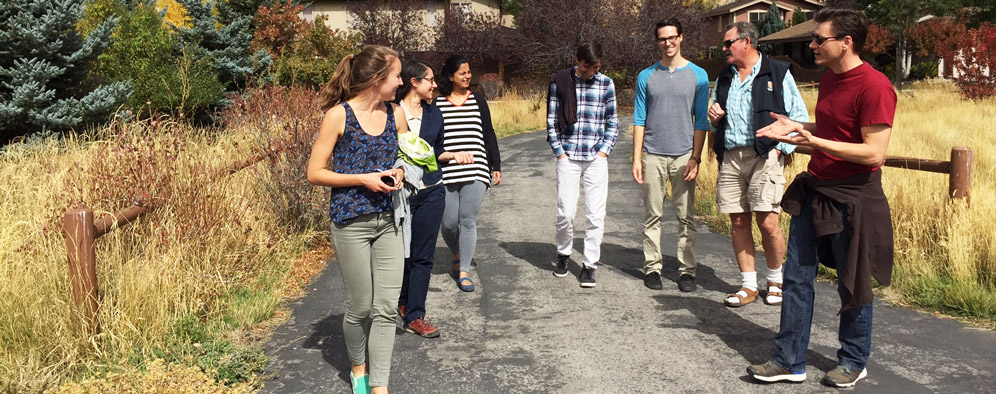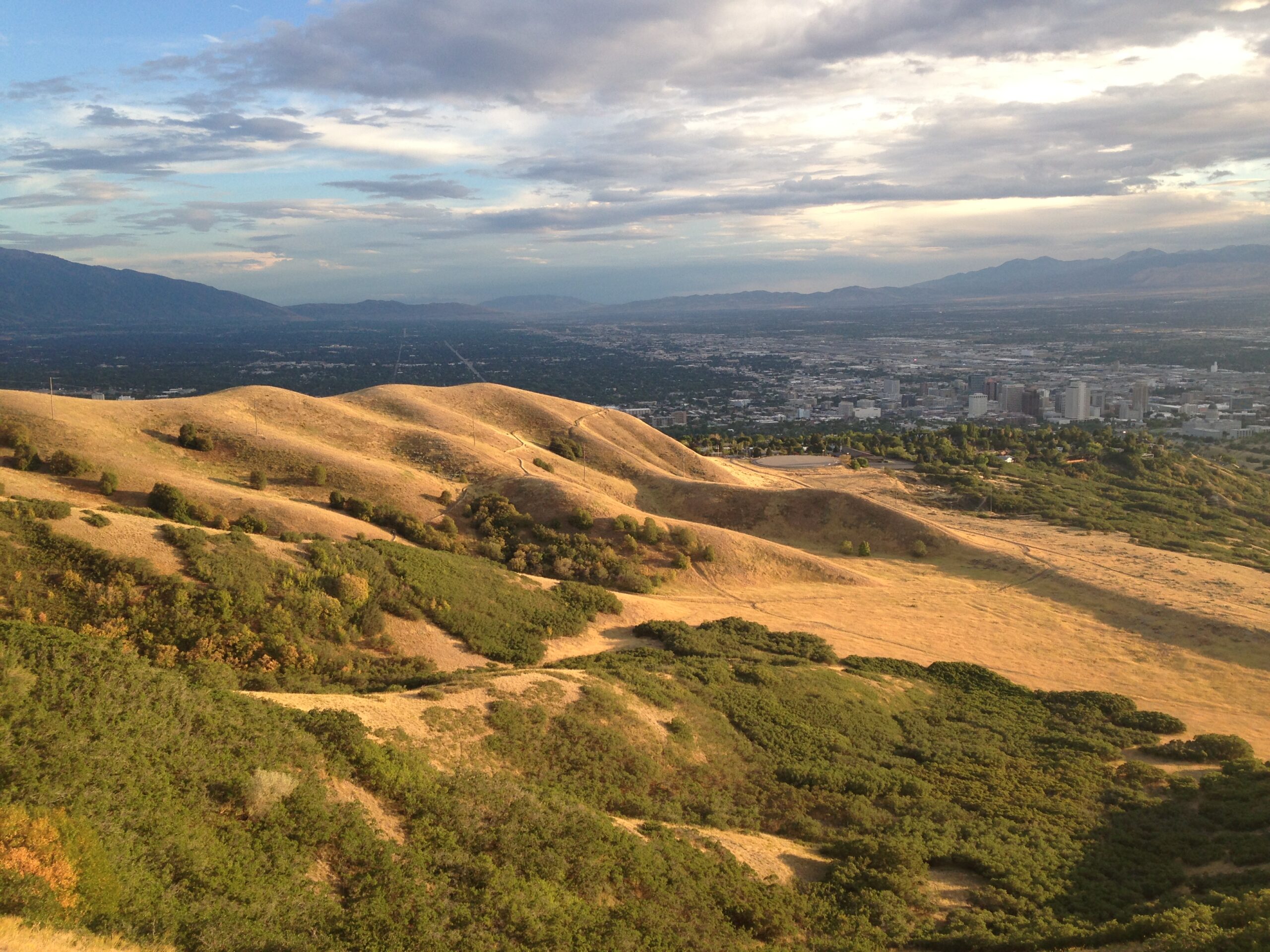
The University of Utah recently approved creation of the Center for Ecological Planning and Design. The new center merges the provisional Ecological Planning Center and the Integrated Technology in Architecture Center — both in the College of Architecture + Planning — in a new partnership with the Global Change and Sustainability Center. The Center for Ecological Planning and Design is positioned to bridge the gaps between research and the design and planning fields, both within CA+P and across campus, with a focus on the built environment and the human communities that inhabit it.
Sarah Hinners, director for the provisional Ecological Planning Center, answers questions about the new center:
Tell us about the significance of the work of the new research center?
 The built environment refers to buildings, roads, parking lots, etc. — all that stuff that humans build for ourselves to make life easier, safer and more comfortable or convenient. Cities are dominated by the built environment and it is becoming more and more the dominant habitat of humanity worldwide. But our environments are not always a healthy and life-enhancing and can be vulnerable to environmental changes and disasters. The built environment affects people’s lives and in turn, human communities shape and influence the built environment.
The built environment refers to buildings, roads, parking lots, etc. — all that stuff that humans build for ourselves to make life easier, safer and more comfortable or convenient. Cities are dominated by the built environment and it is becoming more and more the dominant habitat of humanity worldwide. But our environments are not always a healthy and life-enhancing and can be vulnerable to environmental changes and disasters. The built environment affects people’s lives and in turn, human communities shape and influence the built environment.
At the center, we’re focused on bringing together the people who study the built environment, such as scientists, social scientists and engineers, with the people who plan, design and build it. We have most of these disciplines represented here on campus, but they are widely dispersed among multiple colleges and dozens of departments. We’re interested in bringing these experts from across campus and outside of academia together to generate ideas and knowledge, ultimately to build better places for humans.
How will this center allow the college to collaborate in new ways?
There are challenges to interdisciplinary work. People in different disciplines and in different colleges on campus don’t necessarily speak the same language and it can be difficult to work with others without the feeling of stepping on toes or coming into competition with one another. There is a tremendous opportunity, one that is so often missed, to build collaborations and this potentially has the power to transform the way cities and communities take shape. The center is intended to build bridges between departments in the College of Architecture + Planning and across campus. By working under the umbrella of the Global Change and Sustainability Center, we offer a place to collaborate on disciplinary neutral ground — a place where people interested in resilient communities and built environments can meet in the middle and do great things together.
What types of research will emerge from this center?
We anticipate building a research portfolio of collaborative solutions for cities, including sustainable and resilient infrastructure systems, highly functional and beautiful urban ecosystems, strong inclusive communities and equitable access to a high quality of life in cities.
Who are the key participants and collaborators of the center?
The center started out as the Ecological Planning Center, established as a provisional center in 2012 and funded with a donation from the Swaner family. As we grew, we came to understand just how interdisciplinary this work needed to be. A bunch of pieces fell into place within the past year that really opened important doors for us. One was an opportunity to join forces with the Integrated Technology in Architecture Center that has been doing research on the ecology of construction practices and building materials for a long time. The second was a desire, with the Global Change and Sustainability Center, to coalesce some of its expertise into a smaller number of topical themes, one of them being the built environment and communities.
In addition to myself, the new center includes Diane Pataki, associate professor of biology, and Ryan Smith, director of Integrated Technology in Architecture Center. The steering committee also includes members from city and metropolitan planning, parks recreation and tourism, mechanical engineering, biology, geology and geophysics, environment and sustainability studies, the Environmental Dispute Resolution Program in the Law School and a member of the local planning professional community.
How can a person get involved?
We’d love to engage with anyone who is interested in these topics through collaborative interdisciplinary research, education, events and symposia. One opportunity is to get involved with our work associated with Red Butte Creek here on campus. We have been working on a plan for revitalization of the U’s portion of the creek and the intent is to create a hub for implementation of the plan as well as the development of research and education programs associated with Red Butte Creek.